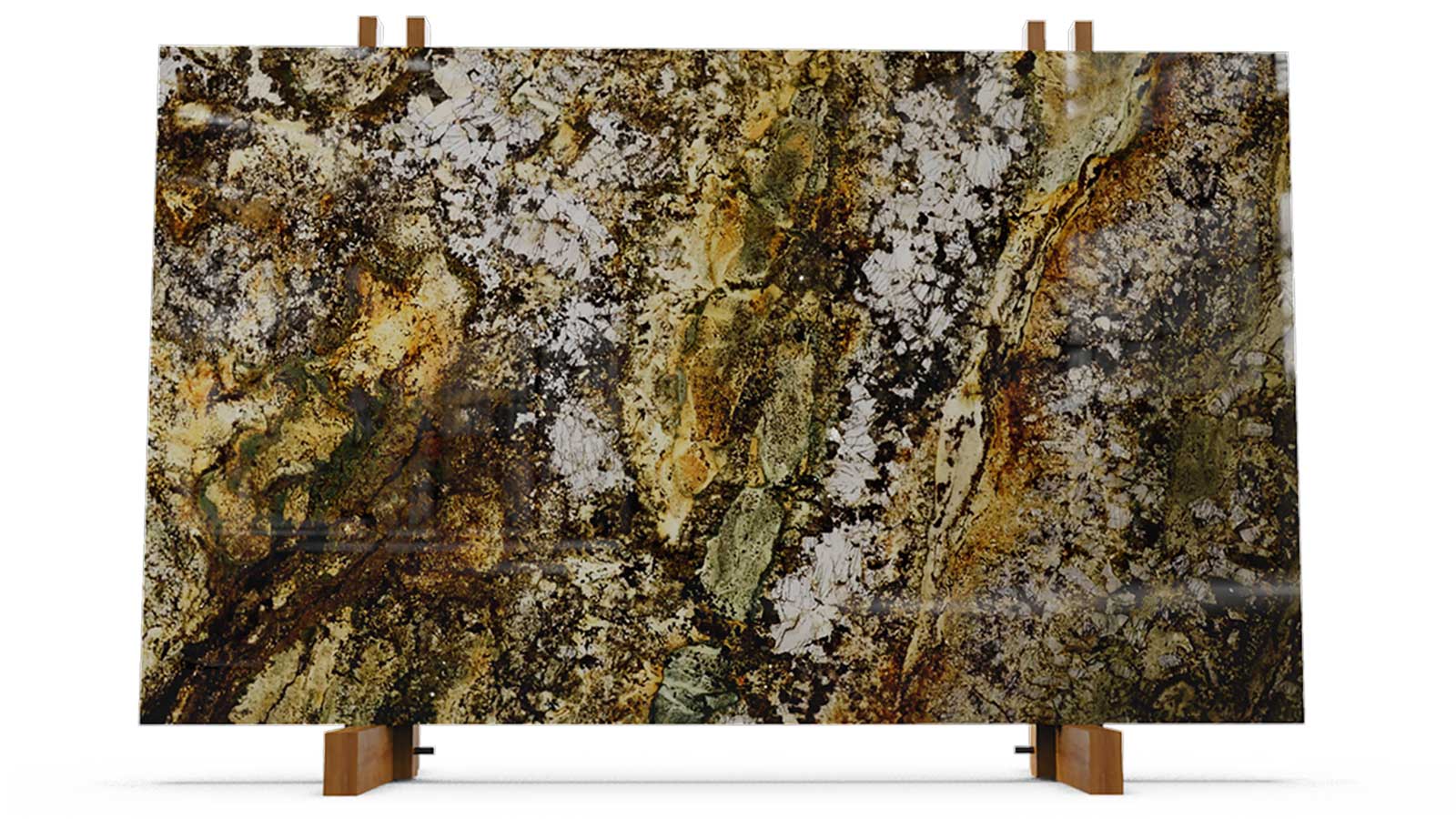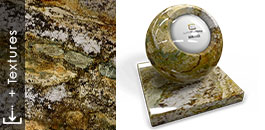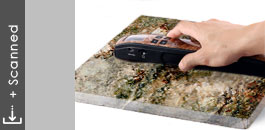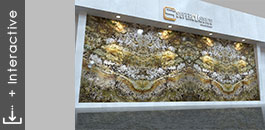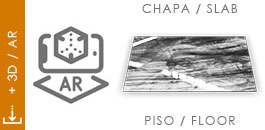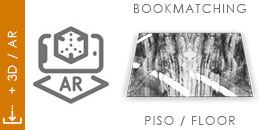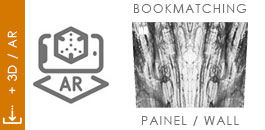Kamaricá: Exotic Natural Stone from Brazil
Kamaricá is a distinguished Brazilian pegmatite, recognized for its heterogeneous texture and vibrant colors, including green, gold, and white. Extracted in northeastern Minas Gerais, this material is highly valued in architecture and interior design due to its luxurious appearance and unique characteristics. Let’s explore in more detail the qualities of Kamaricá, its extraction site, uses and applications, care and maintenance, and the important aspects of its installation.
Characteristics of Kamaricá
Mineralogical Composition
Kamaricá is a pegmatite, a type of coarse-grained igneous rock. Pegmatites are known for containing large, well-defined crystals and are primarily composed of minerals such as quartz, feldspar, and mica. In the case of Kamaricá, these minerals form a unique composition that occasionally includes rare minerals like tourmaline, beryl, and lepidolite, adding a touch of exclusivity and value to this stone.
Texture
The texture of Kamaricá is one of its most striking features. It is characteristically heterogeneous, displaying large, well-defined crystals. This texture creates an exuberant and unique visual, setting it apart from other ornamental stones. The heterogeneity of the texture makes each piece of Kamaricá unique, becoming a focal point in any interior design or architectural application.
Color
Kamaricá exhibits a diverse color palette, predominantly featuring shades of green, gold, and white, along with dark nuances. This variation in colors creates intriguing and sophisticated visual patterns. The vibrant colors and harmonious blend of hues make Kamaricá an exceptional choice for those looking to add a touch of luxury and exclusivity to their projects.
Extraction Site
Kamaricá is extracted in northeastern Minas Gerais, a region in Brazil famous for its rich deposits of high-quality natural stones. The pegmatite deposits in Minas Gerais and Bahia are known for the variety and beauty of the ornamental stones they produce. These regions are sources of some of the most sought-after stones in the world, and Kamaricá is a perfect example of this.
Minas Gerais
Minas Gerais is one of the most important states in Brazil for the extraction of natural stones. The northeastern region of the state, in particular, is rich in pegmatite deposits. Mining in this area is carried out with great care to preserve the integrity and quality of the stones, ensuring that Kamaricá maintains its unique characteristics and aesthetic value.
Uses and Applications
Architecture and Interior Design
Due to its luxurious appearance, Kamaricá is widely used in various aspects of architecture and interior design. Its applications include:
Countertops
Kamaricá is a popular choice for kitchen and bathroom countertops due to its durability and sophisticated appearance. Countertops made from Kamaricá offer a resistant and aesthetically pleasing surface, adding a touch of elegance to any space.
Wall Cladding
The vibrant colors and unique texture of Kamaricá make it an excellent material for wall cladding. Used in focal areas such as living rooms and entrance halls, it creates an impressive visual impact.
Flooring
Kamaricá is also used in flooring, providing a durable and attractive surface. Its resistance to wear makes it ideal for high-traffic areas, while its natural beauty adds an element of luxury.
Decorative Elements
In addition to structural applications, Kamaricá is frequently used in decorative elements such as tables, fireplaces, and artistic panels. Its distinctive and sophisticated pattern is highly valued in high-end residential and commercial projects.
Care and Maintenance
To ensure the longevity and beauty of Kamaricá, it is important to follow some care and maintenance guidelines:
Cleaning
For cleaning Kamaricá, it is recommended to use neutral cleaning products. Abrasive or acidic substances should be avoided, as they can damage the surface of the stone. Regular cleaning with a soft cloth and mild detergent is sufficient to keep the stone in good condition.
Sealing
Periodic sealing of Kamaricá is recommended to protect the stone from stains and wear. The frequency of sealing depends on the intensity of use and the location of application. In high-traffic or frequently used areas, sealing should be done more frequently to ensure adequate protection.
Protection
To preserve the integrity of the stone, it is important to avoid strong impacts and prolonged contact with corrosive substances. Using protective bases on furniture and paying attention when handling heavy objects can help prevent damage.
Installation
The installation of Kamaricá must be done with care and precision to ensure a high-quality final result:
Planning
The installation of Kamaricá should be planned by qualified professionals, who will ensure precise cutting and installation, respecting the natural characteristics of the stone. Proper planning is essential to maximize the beauty and functionality of the stone.
Substrate
The installation surface must be properly prepared, ensuring the stability and adhesion of the stone. The substrate should be flat and resistant to support the weight and structure of Kamaricá.
Finishing
The finishing of the edges and the joining of the pieces must be done carefully to maintain the aesthetics and functionality. A well-executed finish enhances the natural beauty of Kamaricá and ensures the durability of the installation.
Conclusion
Kamaricá is an exceptional choice for those looking to add elegance and exclusivity to their spaces, combining natural beauty with durability and versatility. Its vibrant colors, heterogeneous texture, and unique mineralogical composition make it a highly valued stone in architecture and interior design. Extracted in northeastern Minas Gerais, Kamaricá is one of Brazil’s exotic gems, ready to transform any project into a luxurious and sophisticated work of art.
With proper care and professional installation, Kamaricá can maintain its beauty and functionality for many years, becoming a valuable investment for any space. Whether in countertops, cladding, flooring, or decorative elements, Kamaricá adds a touch of luxury and exclusivity that is unparalleled.
Kamaricá – An Exotic Natural Stone SuperClassic Natural Stones

Want to know more about this and other SuperClassico materials?
Ask our AI your question here!
BookMatching
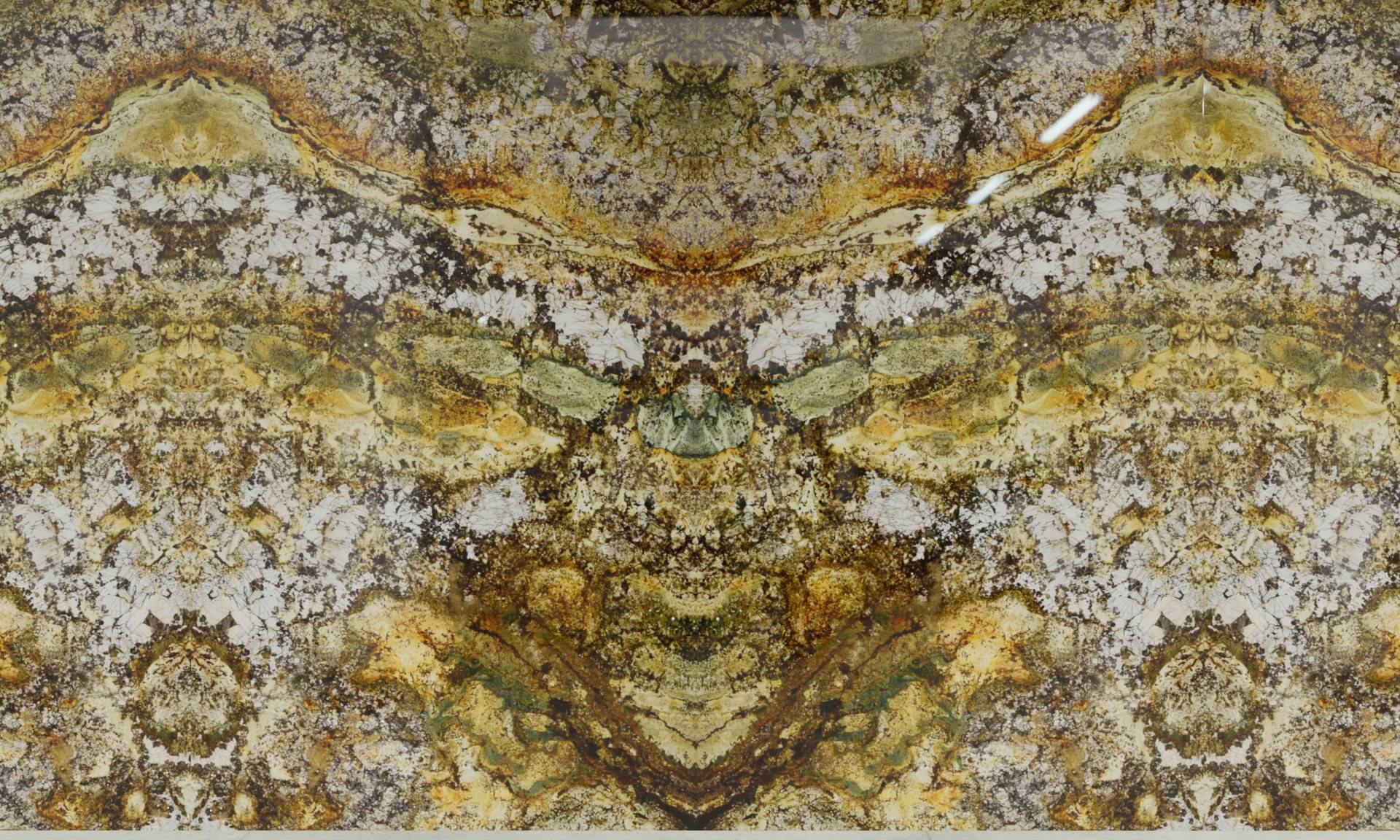 Vertical
Vertical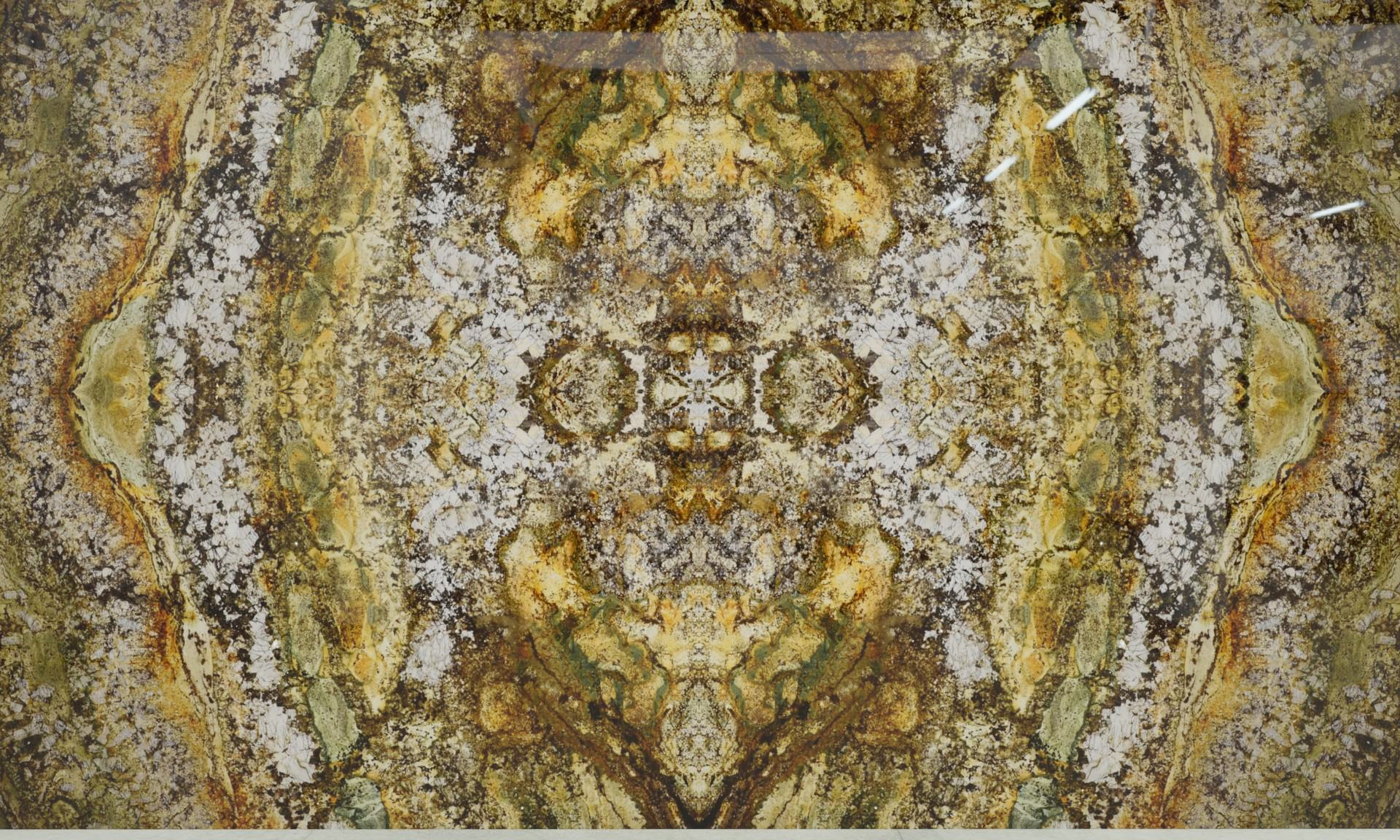 Horizontal
HorizontalFor Designers and Architects
| PETROGRAPHY CLASSIFICATION | PEGMATITE | |
| NORMA | TESTS | RESULTS |
| ABNT NBR 12766 | Water Absortion | 0,59% |
| ABNT NBR 12766 | Apparent Dry Density | 2586 kg/m³ |
| ABNT NBR 12767 | Compressive Strength83 | 96 mpa |
| ABNT NBR 12763 | Flexural Strength | 3,30 mpa |
| Abrasion Strength | 0,011 (cm²/cm³) | |
To simulate how a particular material would look as a floor, tabletop, or countertop in your home, use Augmented Reality technology on your smartphone. It’s easy! Just click on the “View in your space” button and you’ll be able to see the virtual object in your real environment. Try it now!
3D/AR View
Click on the CARDS below and choose different options to simulate the material with AR in your environment through your Smartphone’s camera.
Classification
Type: PEGMATITE
About
This is an exceptional Stone extracted in Brazil. Loaded with waves of brown, orange and green, with clusters of crystals, this rock reveals depths and perspectives that are truly impressive. A true masterpiece created by Mother Nature.
Composition
Surface Finishings
Polished
It is the “shiny” surface that results in the plate when receiving the complete finish, that is, until the last grain. Depending on its composition, the polished material may have a higher or lower brightness intensity.
Brushed
It is the resultant surface in the sheet when it receives roughing treatment performed by steel brushes or synthetic materials. Different brushing models can be executed, with greater roughness, medium and few.
Soft Leather
It is the resultant surface in the sheet when it receives roughing treatment performed by steel brushes or synthetic materials. Carried out with a brush of low roughness, which gives it a lightly textured look like fabric.
Flamed
It is the resultant surface in the plate when it receives heat treatment (burned with torch specially developed for the function) that takes out small flakes of the same, making the surface slightly irregular producing the impression that it is rustic.
Honed
It is the resultant surface on the sheet when receiving abrasive grinding wheels up to the grain 120. This grain defines the surface finish limit either as anti-slip or even for the application of resin and subsequent polishing.
Leather Finish
It is the resultant surface in the sheet when it receives roughing treatment performed by steel brushes or synthetic materials. Depending on the type of brushes used you can still reproduce in some materials a surface with a design similar to natural leather.

